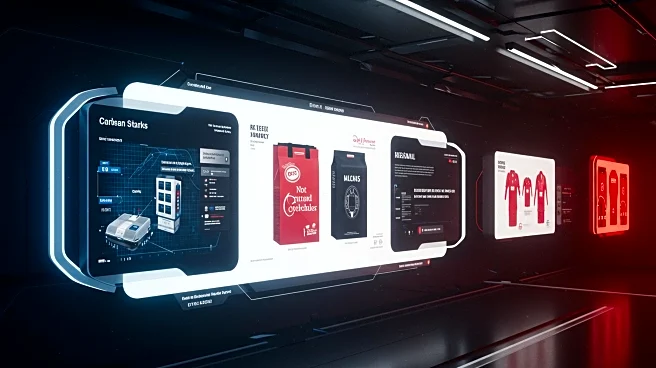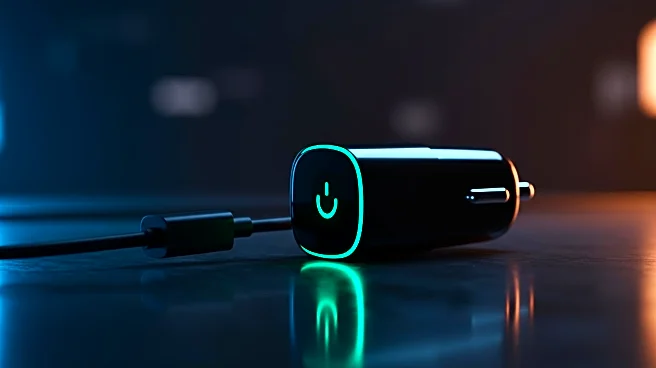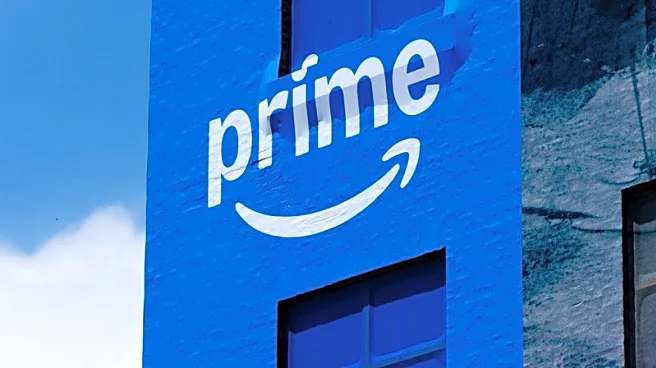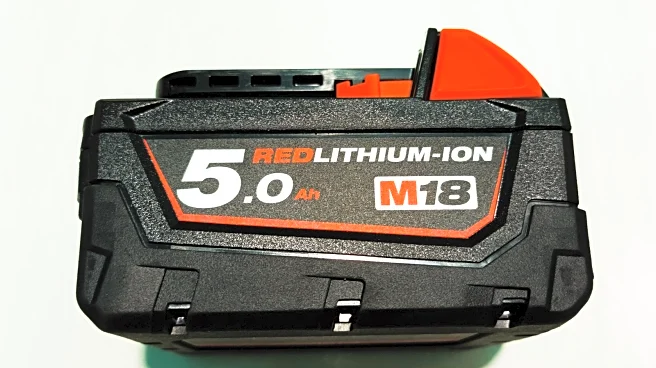
E-commerce giants like Amazon always try to find new ways to promote certain products. In Amazon's case, this is done with badges such as "Amazon's Choice," "Overall Pick," or "#1 Best Seller," which are displayed on various search results. Naturally, shoppers are likely to trust the products that seem to have Amazon's seal of approval over others without the badge. It's easy to believe that products recommended by Amazon have to be the best in their category, but is that always true? Not necessarily.
One example of this is the "Overall Pick" label.
At its core, the "Overall Pick" label is powered by algorithms. There are no human experts picking and choosing what gets the label. Amazon says that the badge gets awarded to products that are highly rated, well-priced, and available to ship quickly. Other factors, such as listings that have low return rates, can also land a product the badge. Still, it's important to reiterate that it's just an algorithm, not some expert process vetted by real people.
Though it's fair in the sense that it can apply to Amazon-listed products and third-party sellers alike, and brands cannot buy their way into being an "Overall Pick," the label is still just the result of an algorithm. That doesn't mean you shouldn't trust it, but it's important to know what really goes into a product becoming an "Overall Pick."
Read more: 8 Little-Known Amazon Gadgets Worth Trying For Yourself
Why The Overall Pick Label Can't Always Be Trusted

If there's one problem with the "Overall Pick" label, it's that the exact algorithm that awards it remains a secret. Amazon has not disclosed the exact formula behind the badge, and the fact that it relies heavily on sales metrics and review scores means that products can earn the "Overall Pick" badge even if they're seriously flawed (or, worse, deceptively marketed).
The most glaring flaw in the logic of the algorithm is its reliance on user reviews. Customer feedback is not always a reliable indicator of quality because many people aren't equipped to evaluate more complex aspects of a product, such as durability, safety, or accuracy. Worse, fake reviews and review recycling are like a plague on most e-commerce platforms. Amazon is investing in review authenticity, but manipulation remains (and, in some form or another, will probably always be) a serious issue.
The review system is especially vulnerable when it comes to third-party sellers. Some have been caught swapping listings or using other sneaky tactics to boost their Amazon ratings. This means that some of the data the algorithm presumably relies on could still be manipulated. Besides, with AI-generated user review summaries now in place, there's even more of a chance for deceptive marketing to game the system.
An Overall Pick Isn't Always The Best
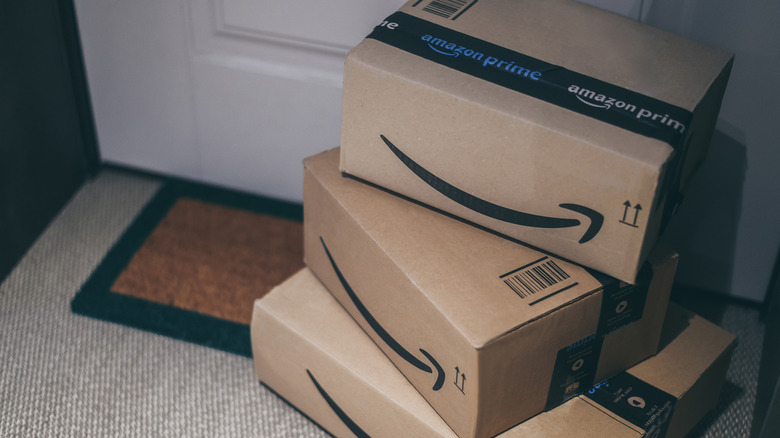
Even an "Overall Pick" with seemingly legitimate reviews might not be telling the whole story. Sometimes, if you contact a seller on Amazon, they might offer you a refund or replacement in exchange for rating improvements. This, in turn, skews the average star score. Worse still, there's no clear way for customers to challenge or appeal Amazon's badge assignments, which means the system has virtually no accountability.
To be clear, not every product marked as an "Amazon's Choice," "Overall Pick," or "#1 Best Seller" is a dud. In plenty of cases, the badges accurately highlight trustworthy products with great performance and value. And for consumers who just need a quick recommendation -- say, a pack of batteries or a wireless smartphone charger -- a product with a badge is a pretty reasonable place to look.
As a rule of thumb, shoppers should approach the badge as a suggestion, not a guarantee. The label doesn't mean Amazon has personally vetted or tested the item. It also doesn't always mean the product is the best in its category, or that it's free from design flaws. The badge simply means the product performs well in Amazon's marketplace ecosystem based on the experience of people who already bought this product before.
Want the latest in tech and auto trends? Subscribe to our free newsletter for the latest headlines, expert guides, and how-to tips, one email at a time.
Read the original article on SlashGear.


